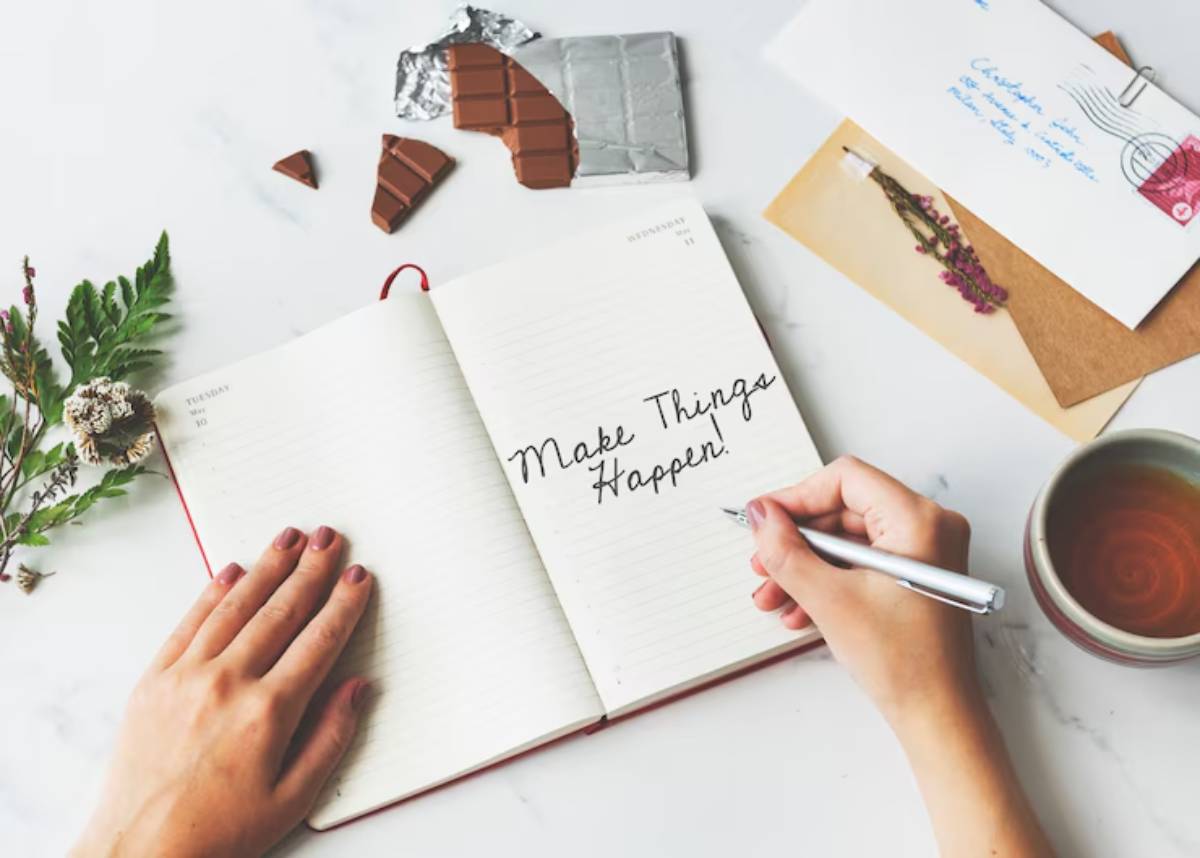
Journaling Before Big Decisions: A Proven Framework
Big decisions don’t come with instruction manuals. Whether you’re considering a career change, ending a relationship, moving cities, or investing your savings, making the “right” call can feel overwhelming. The pressure to choose wisely often clouds your judgment, leaving you second-guessing every step.
That’s where journaling comes in.
A decision-making journal doesn’t tell you what to do — it gives you the space to figure it out. When you slow down to write, you create distance from mental noise and reconnect with your values, priorities, and instincts. It’s not just about lists or pros and cons — it’s about structured reflection that brings clarity when you need it most.
In this article, you’ll discover a proven framework for using journaling as a reflection strategy before major life decisions. Whether you’re a seasoned journaler or new to the habit, these tools can help you move forward with confidence, not confusion.
Why Journaling Works for Decision-Making
Before diving into how, it’s worth understanding why journaling is so effective when you’re at a crossroads.
Writing Helps You Think Better
When you write things down, you engage your prefrontal cortex — the part of your brain responsible for logic and reasoning. This reduces emotional reactivity and helps you weigh choices more objectively.
It Externalises Thoughts
Journaling turns mental clutter into something tangible. Once your thoughts are on paper, you can evaluate them with more distance and perspective.
It Supports Emotional Clarity
Big decisions are rarely just about facts. They’re often charged with emotion — fear, hope, guilt, pressure. Writing helps you untangle those feelings, making it easier to trust your final choice.
Related Read: To see how guided writing supports tough decisions, check out how guided journaling transforms decision making.
The Framework: Journaling Your Way Through Big Decisions
Let’s break down a proven method that helps you gain mental clarity before decisions. You don’t need hours — just a notebook, a quiet space, and an honest mind.
Each step is designed to build insight, reduce overwhelm, and bring your values into focus.
Define the Decision Clearly
It sounds simple, but this is where many people get stuck. If your decision feels vague, your answers will be vague too.
Prompt Examples:
- What exactly am I deciding right now?
- Is this one big decision or several smaller ones?
- What makes this decision feel heavy?
Clarity starts with definition. Write your decision as one clear sentence. That becomes your anchor.

Explore Your Emotions
Before you analyse the facts, tune into how you feel. Your emotional landscape often holds the key to understanding what matters most.
Journaling Prompts:
- What emotions are coming up around this decision?
- Where in my body do I feel tension?
- What am I afraid of?
This step is about awareness, not fixing. You’re mapping the emotional terrain before making the journey.
Identify Your Values and Priorities
Now you’re ready to step into reflective journaling. What do you truly value, not just what others expect?
Prompt Ideas:
- Which option aligns with my values and long-term goals?
- What matters more to me: stability, growth, freedom, connection?
- If no one else had a say, what would I choose?
By anchoring your decision to your core values, you reduce regret and increase confidence.
Visualise Each Scenario
Use imaginative writing to walk through each option. This often reveals gut reactions you didn’t realise were there.
Try this exercise:
- Describe what your life looks like 6 months after choosing Option A.
- Now do the same for Option B.
- Which version of your life feels more aligned?
You’re not just thinking about the future — you’re test-driving it.
Weigh Pros, Cons, and Consequences
Now it’s time to shift into analysis. Break your decision into components and examine them.
Bullet Journal Suggestions:
- Pros and cons lists
- Worst-case and best-case scenarios
- Impact charts (how will this affect your career, relationships, finances?)
Don’t just list — write how you feel about each point. That’s where insight hides.
Consider Past Patterns
Sometimes the best clue about what to do next is what you’ve done before.
Reflection Prompts:
- Have I faced a similar decision in the past?
- What did I learn from it?
- Did I regret the choice or feel at peace with it?
Looking backwards can shine a light forward.
Write Your Decision — and Why
After exploring all angles, write a short “decision statement.” This isn’t for anyone else — just you.
Include:
- What you’re choosing
- Why does it feel right
- What fears remain — and how you’ll address them
- A note of encouragement to your future self
This seals your clarity into a written commitment.
When You’re Still Unsure: Use Time as a Tool
Some decisions don’t reveal themselves in a single journaling session. That’s okay.
Create a “holding page” where you revisit your reflections after a few days or a week. Often, clarity comes after space, not pressure.

Journaling Formats to Try
Everyone journals differently. Choose a format that matches your personality and needs.
Options Include:
- Longform journaling: Ideal for emotional processing
- Bullet journaling: Great for pros/cons and visuals
- Mind maps: Best for visual thinkers
- Dialogue writing: Write a conversation between parts of yourself (e.g., “Fear” and “Confidence”)
- Voice-to-text journaling: Dictate your thoughts if writing feels blocked
There’s no wrong format. There’s only what works for you.
Explore Creating a Decision Matrix in Your Journal for an even more structured approach.
Common Mistakes (And How to Avoid Them)
Even journaling can go off track if not approached with intention.
| Mistake | How to Fix It |
| Rushing through prompts | Set a timer. Give yourself 10–15 minutes per section. |
| Avoiding emotional questions | Lean in — discomfort often points to clarity. |
| Overanalysing without reflection | Balance logic with emotional insight. |
| Writing for someone else’s judgement | This journal is for you — be brutally honest. |
Conclusion: The Clarity You Need Is Already Within
Big decisions rarely get easier with more overthinking. But they do get easier with more understanding. Journaling offers a quiet, consistent way to connect with what you already know — beneath the noise, the fear, and the opinions of others.
By creating space for truth and reflection, you move from indecision to action, not because someone told you what to do, but because you learned to trust yourself.
So grab a notebook. Light a candle. Ask the questions. And write your way to a choice you’ll be proud of.